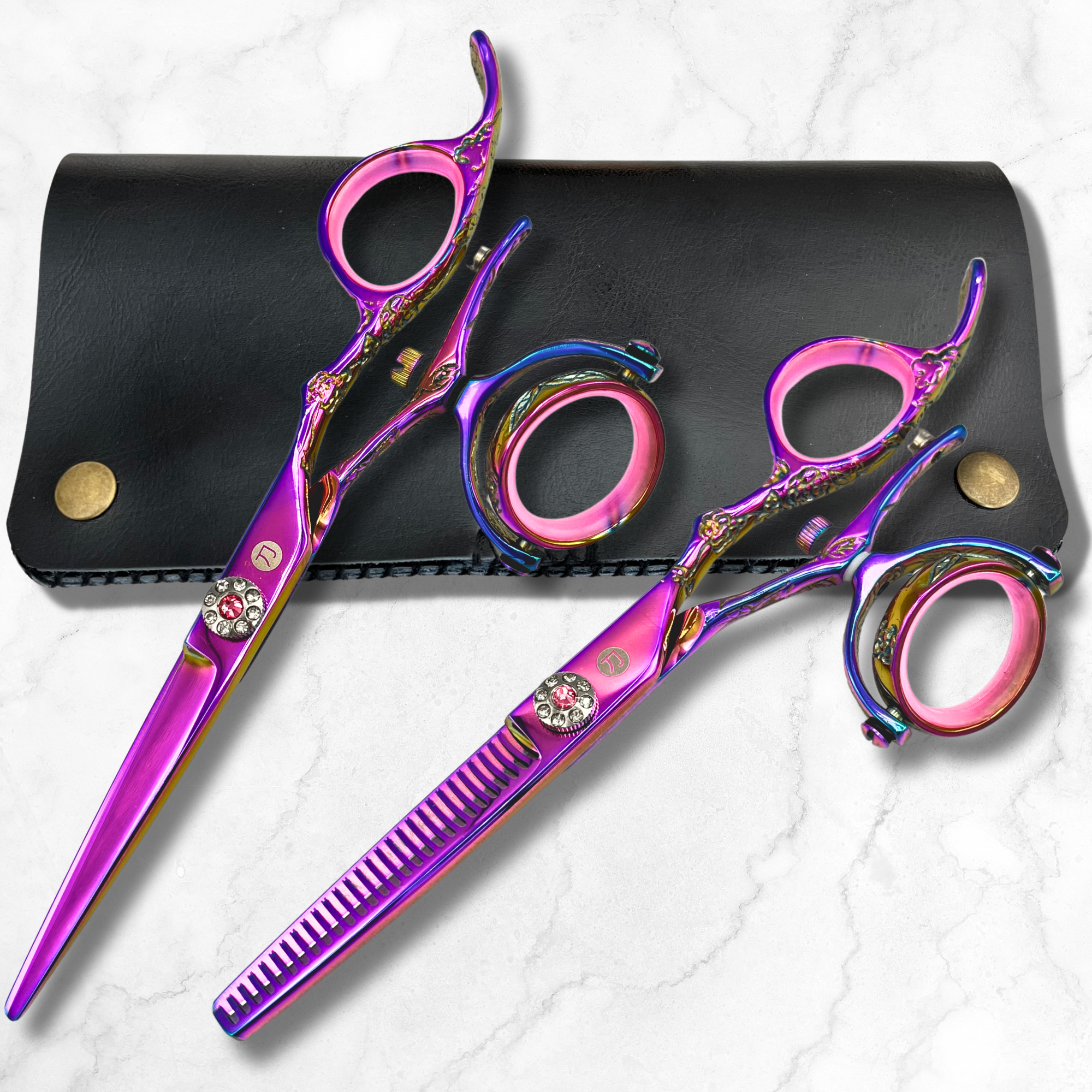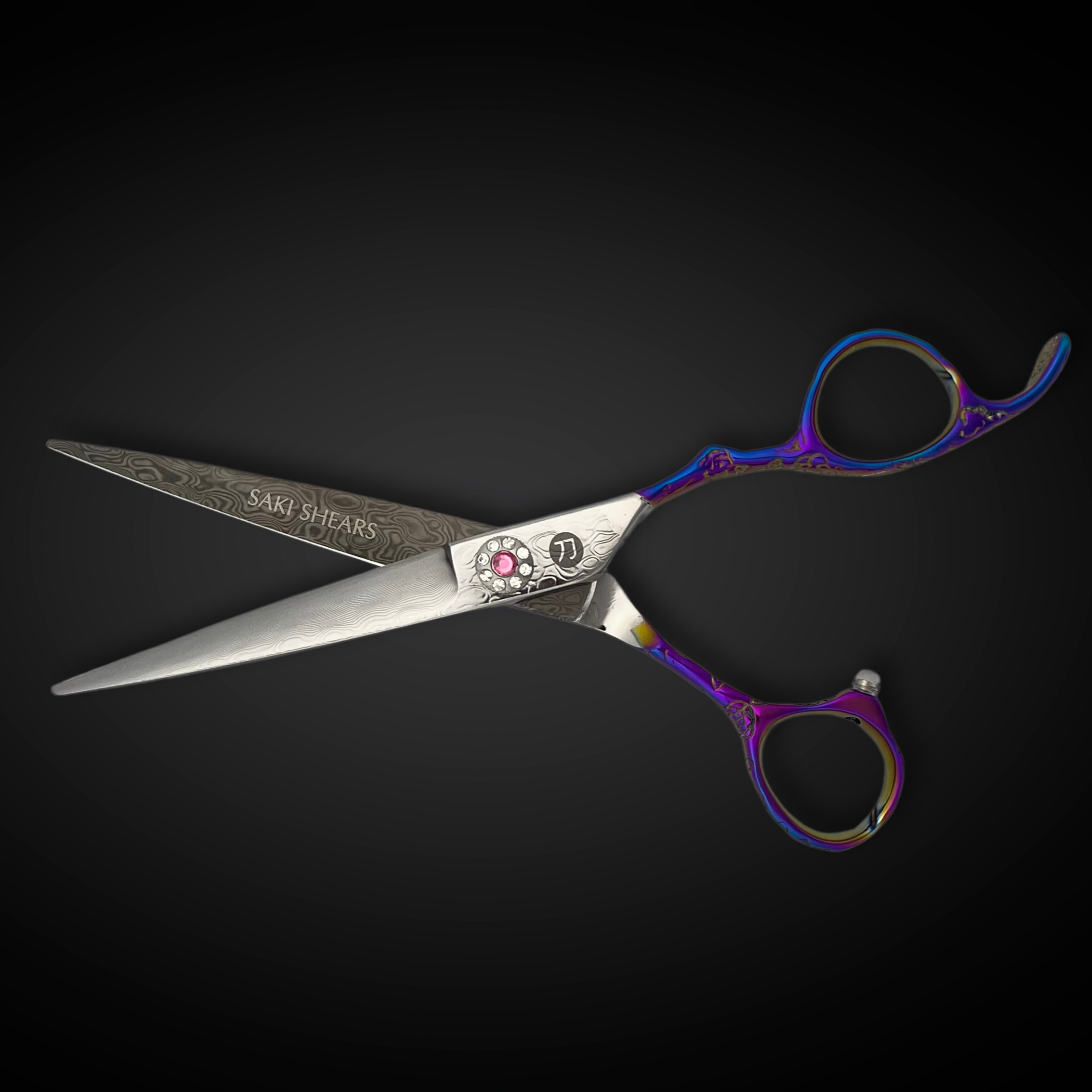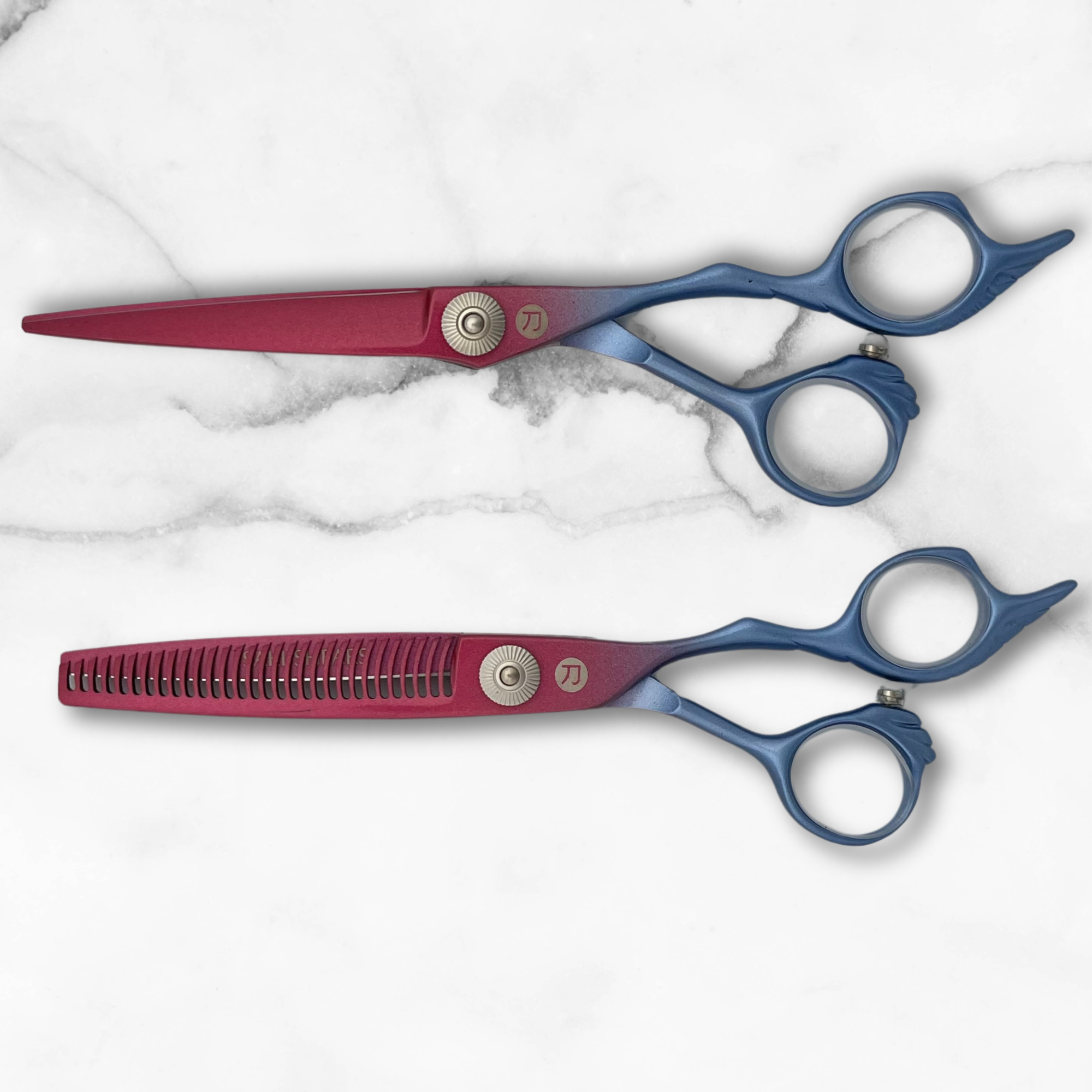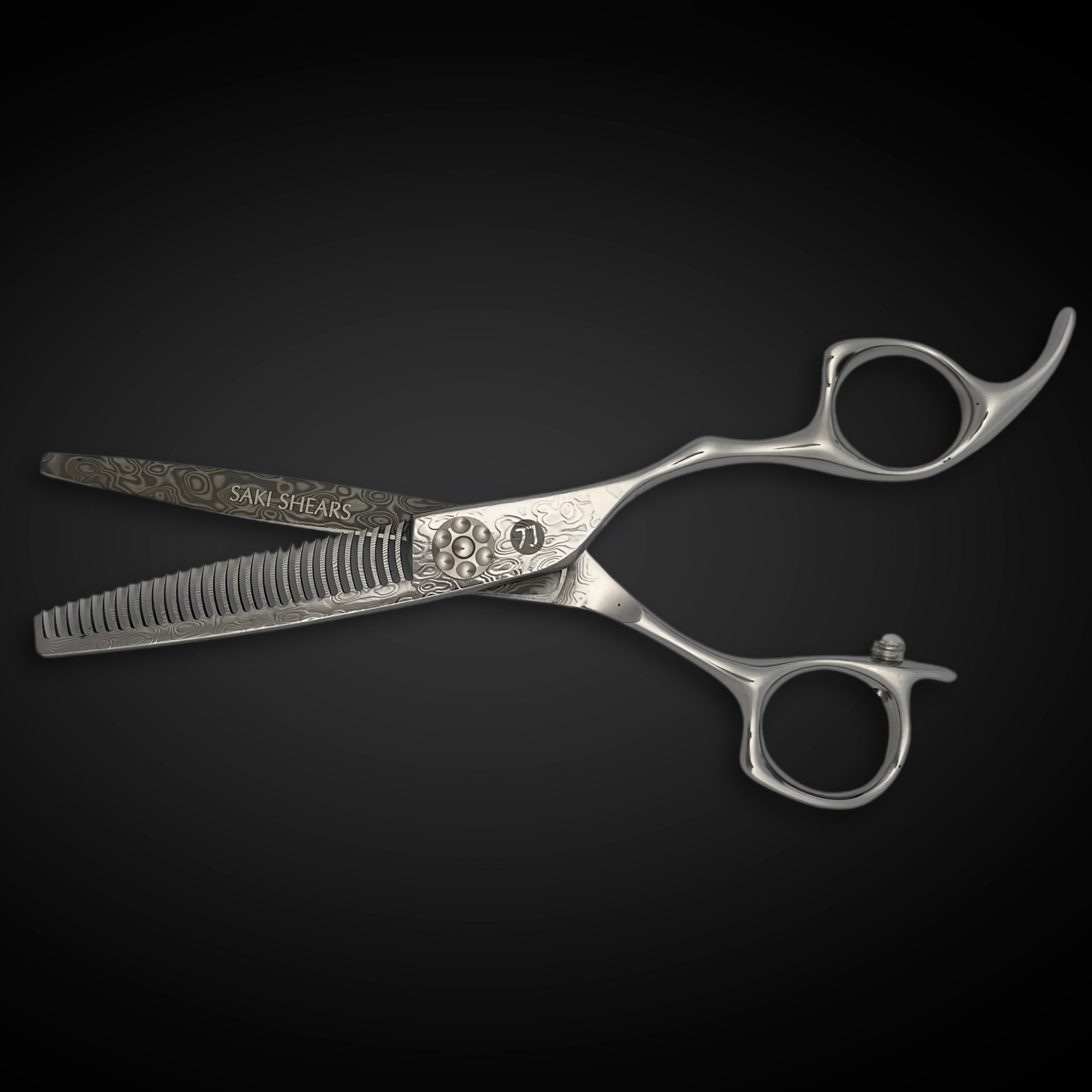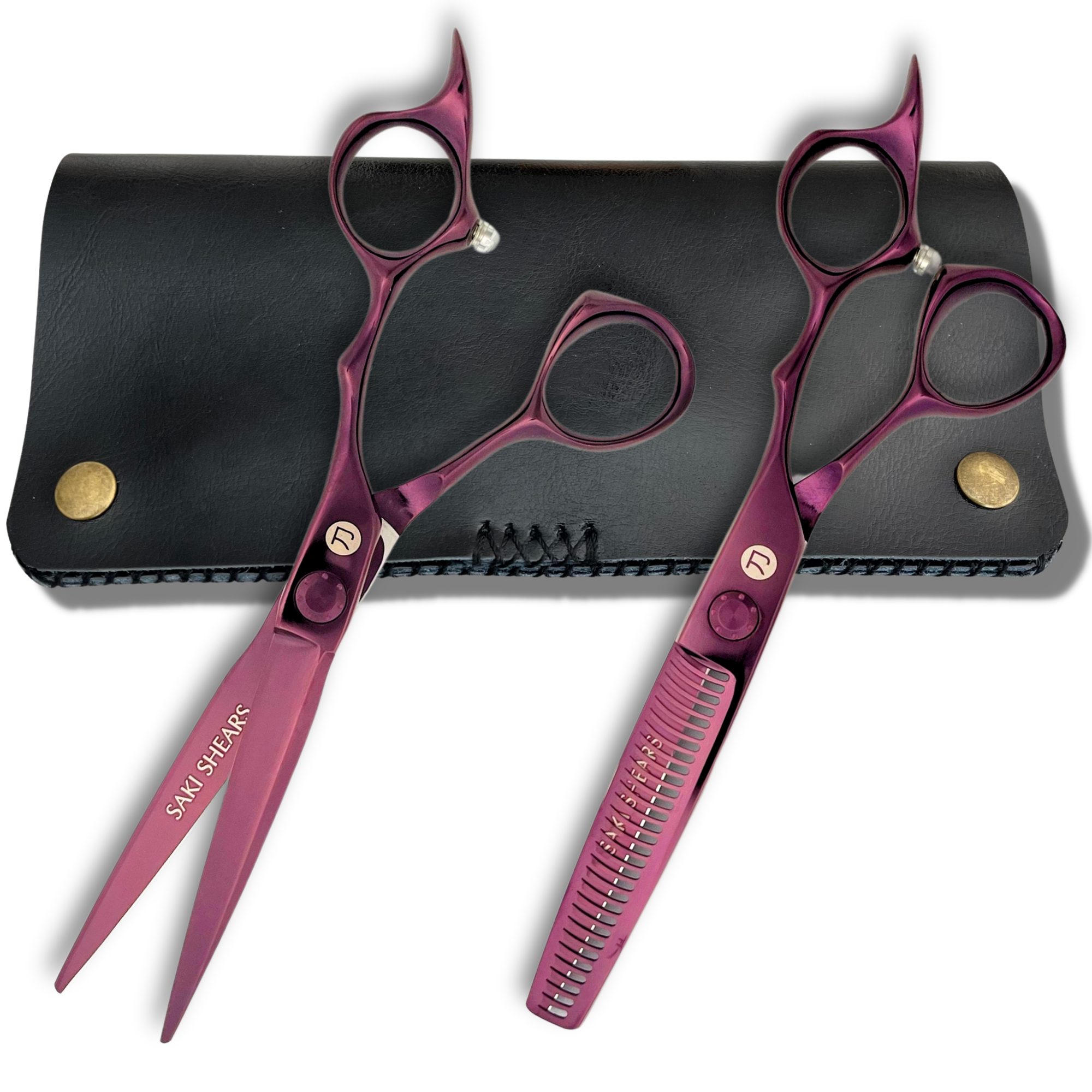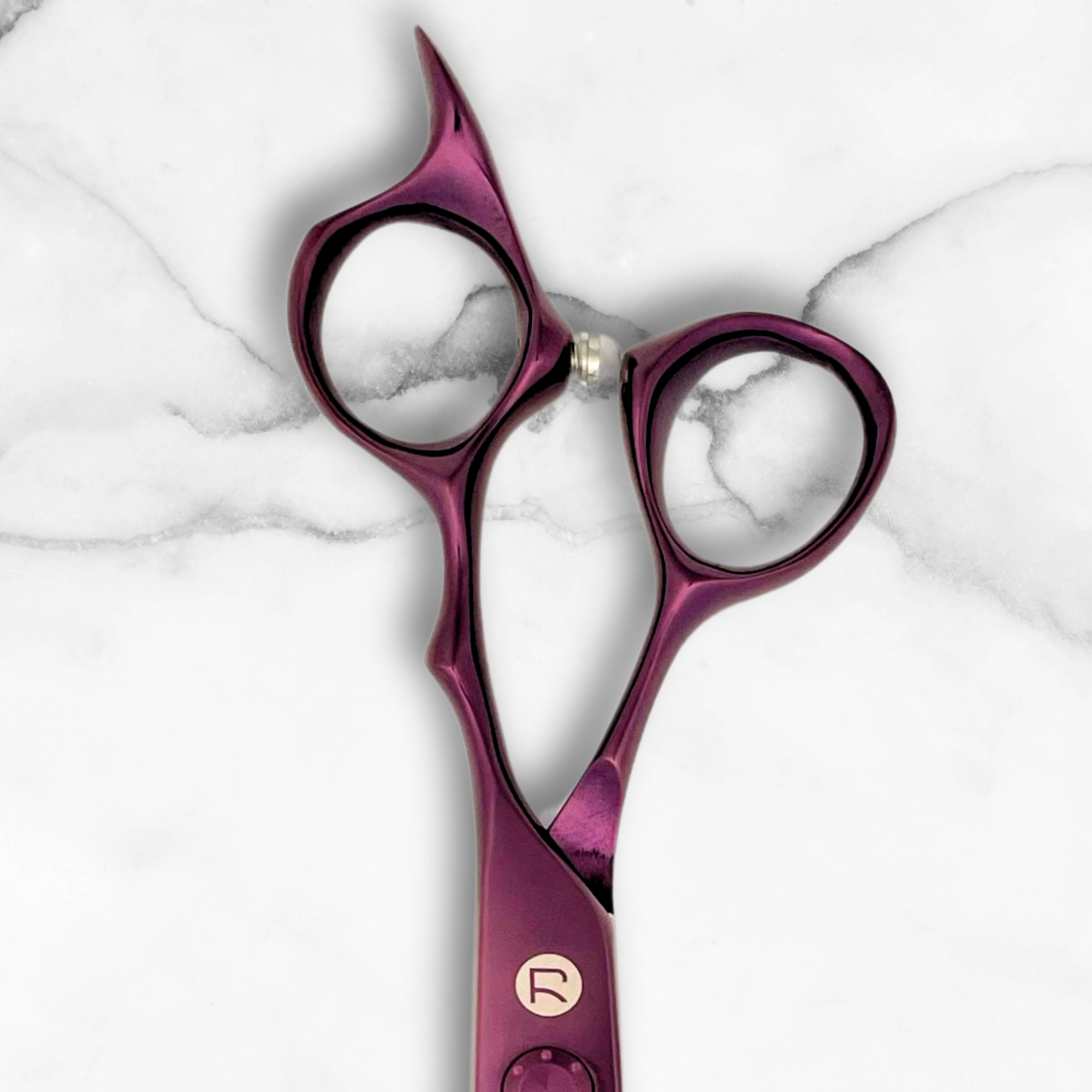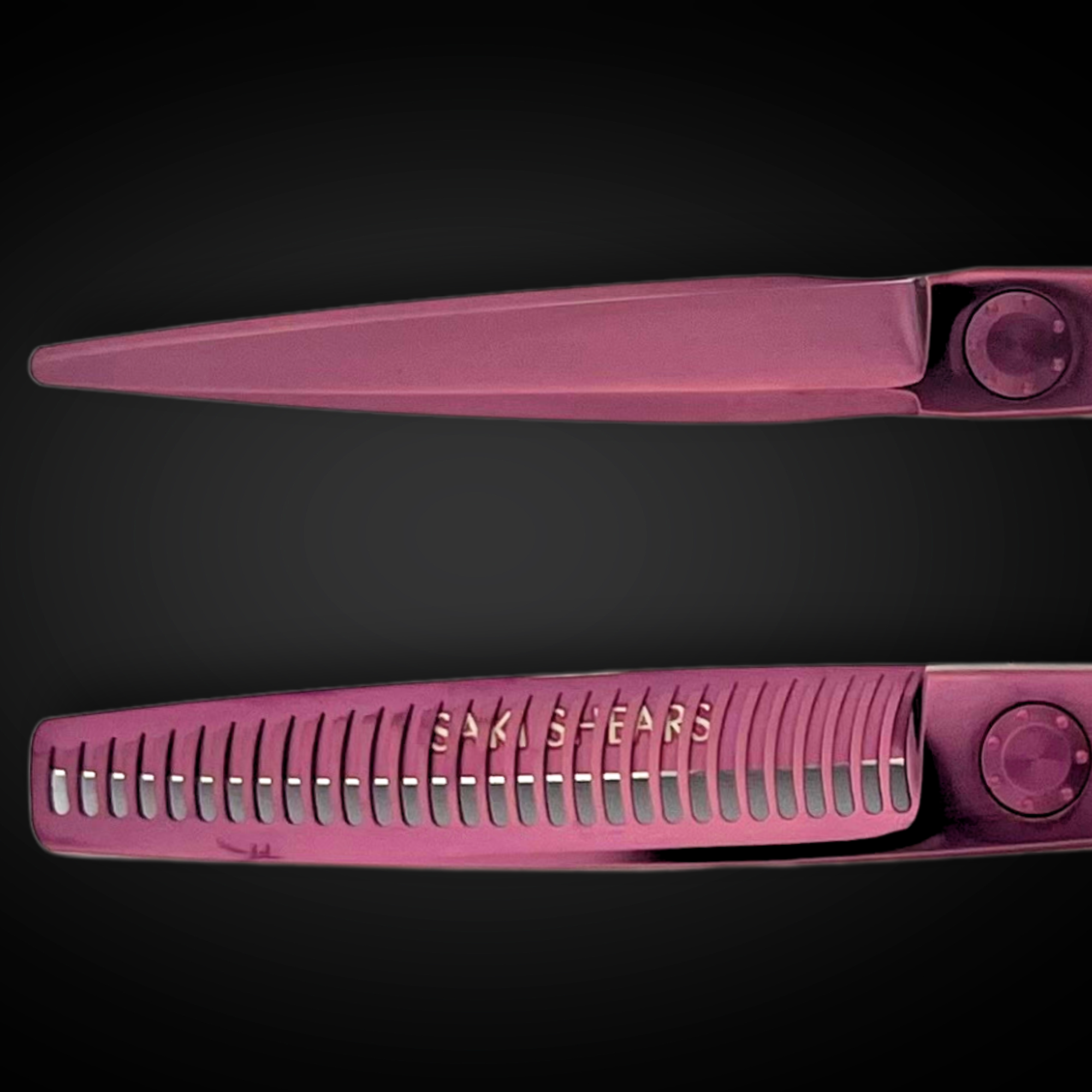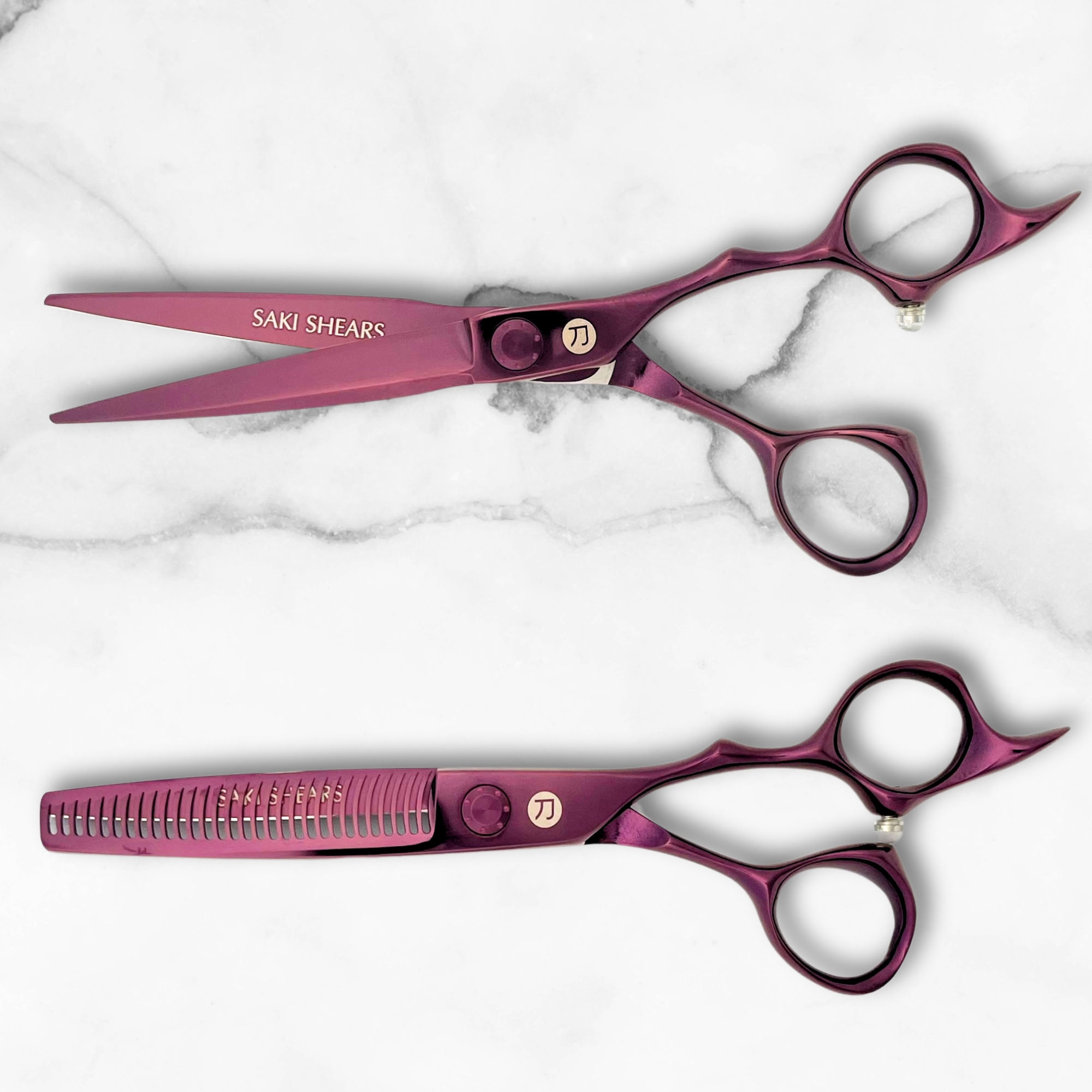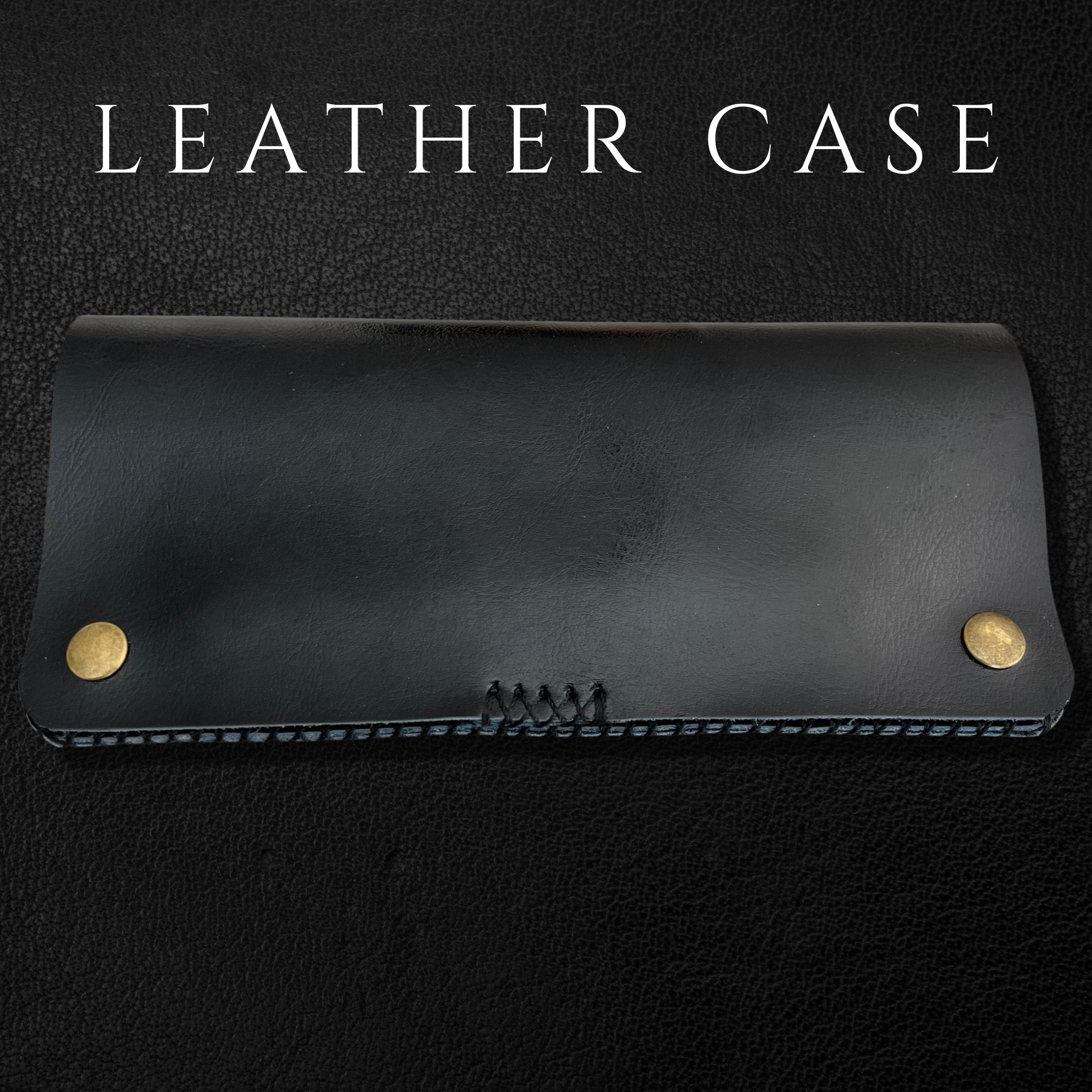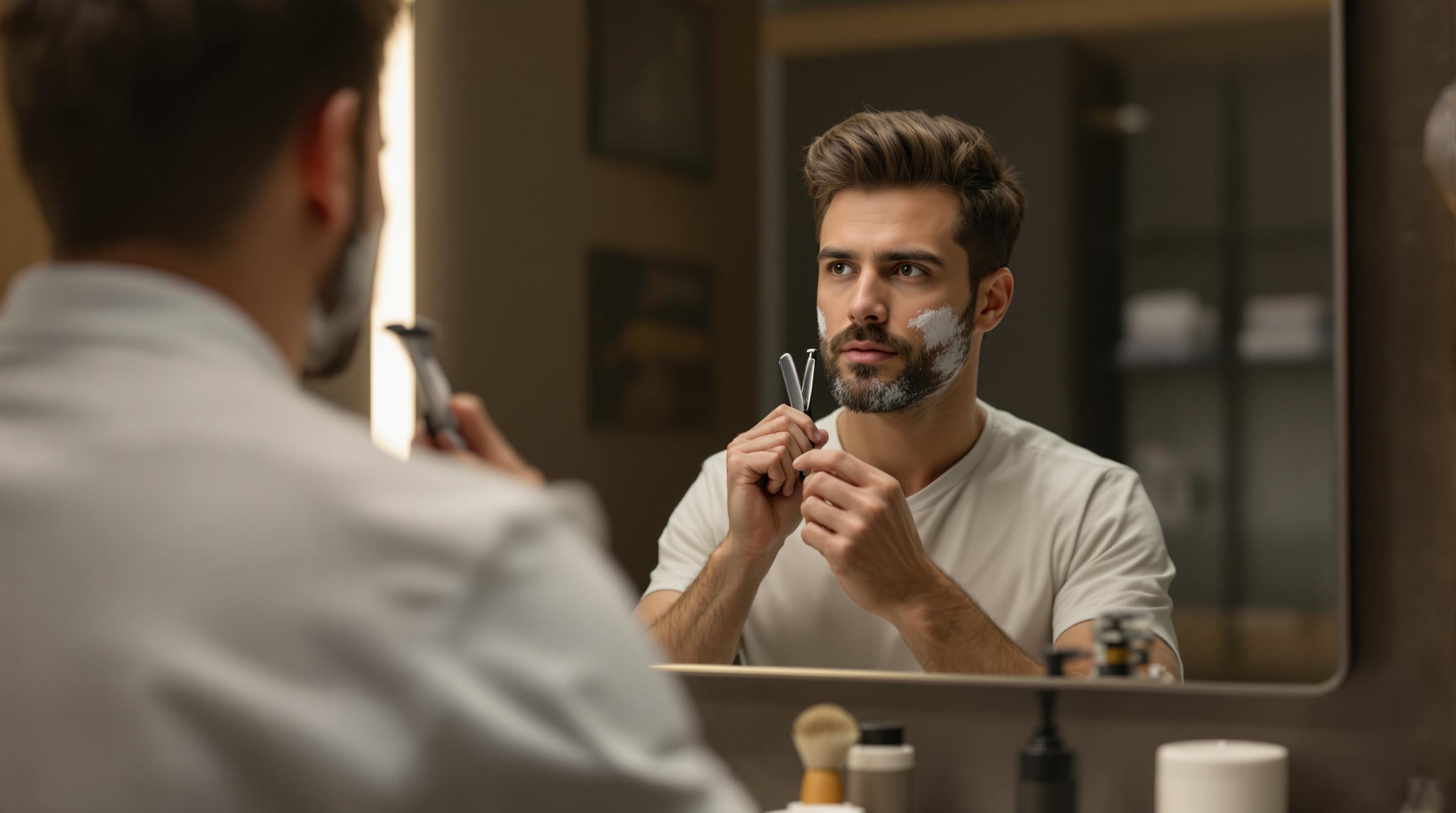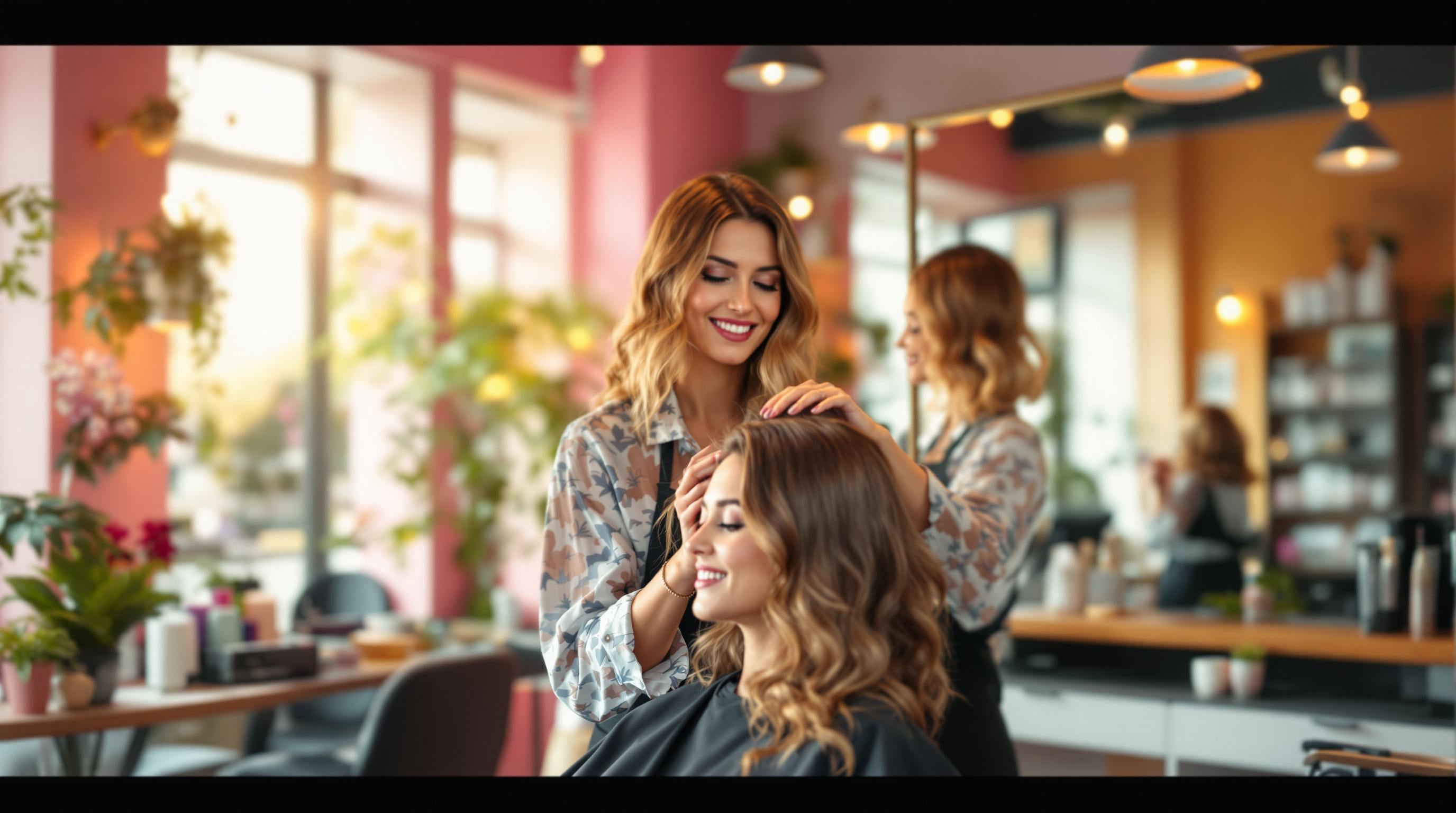Top 5 Haircut Trends Every Stylist Should Master
Staying on top of haircut trends is critical for stylists in 2025, with 85% of clients researching styles online and 62% bringing reference photos to appointments. The demand for trend-focused services has increased salon bookings by 30%, making it essential for stylists to master these five trending cuts:
- French Bob: A textured, chin-length style perfect for low-maintenance clients.
- Modern Mullet-Shag Blend: Combines bold layers with a polished finish.
- Layered Curly Hair Technique: Tailored for natural curls, addressing the needs of 72% of curly-haired clients seeking specialists.
- Precision Pixie Cut: A bold, structured look requiring sharp detailing.
- Textured Long Bob (Lob): A relaxed, shoulder-length cut blending structure and movement.
Quick Comparison
| Style | Key Features | Ideal For |
|---|---|---|
| French Bob | Textured, jaw-length, soft ends | Low-maintenance looks |
| Modern Mullet-Shag | Bold layers, subtle disconnection | Trend-forward clients |
| Layered Curly Hair | Defined layers, curl-specific | Natural curls (2A-4C) |
| Precision Pixie Cut | Sharp angles, detailed structure | Bold transformations |
| Textured Long Bob (Lob) | Relaxed, natural movement | Polished, easy styles |
These styles cater to the growing demand for personalized, texture-focused cuts. Mastering them can boost booking rates and client satisfaction. Read on for detailed techniques and tools to perfect each look.
HOTTEST 2025 Haircut Trends
1. French Bob Cut
The French bob has come a long way since its 1920s origins. The 2025 version blends a chin-to-jaw length with a modern, textured finish. Celebrity stylist Laura Polko highlights the importance of tailoring the cut to each client's face shape:
"Adjust the nape graduation to balance strong jawlines" [1].
Getting that signature undone texture depends on hair type and technique. Here's a quick guide:
| Hair Type | Cutting Approach | Maintenance Timeline |
|---|---|---|
| Fine | Cut above the earlobes with eyebrow-grazing bangs | 8-10 weeks |
| Thick | Use slide-cutting to reduce bulk | 8-10 weeks |
| Curly (3A-3B) | Dry-cut with a blunt perimeter | 10-12 weeks |
Rachel Williams from ARC Scissors recommends PHANTOM II 6" shears for achieving clean lines and precision [3]. Key cutting techniques include:
- Creating a deep triangle fringe section
- Using 30° angle point-cutting with forward over-direction
- Dividing hair into vertical crown-to-ear sections
- Slide-cutting to blend layers seamlessly [3]
For styling, product choice is crucial. Tools like Aveda's Be Curly Enhancer Cream can define waves, while Amika's Un.Done spray adds separation and texture [2][4].
During consultations, stylists should consider natural growth patterns and face shapes to ensure the cut complements the client. For the 2025 version, focus on soft, disconnected ends that highlight natural movement. This approach works especially well for professionals who want a trendy yet polished look that fits the demands of hybrid work environments [6].
2. Modern Mullet-Shag Blend
This hybrid cut combines the textured charm of the French bob with a bold, layered design, making it perfect for clients who want a hairstyle that’s both polished and full of personality [6][7]. The modern mullet-shag blend stands out with its subtle length variations and strategic layers, creating movement while still looking professional.
Rachel Williams shares her expert tip for achieving this look:
"Focus on organic sections to maintain slight disconnection while preserving wearability" [3].
The key to nailing this style is proper sectioning. Here’s how to approach different hair types:
| Hair Type | Cutting Strategy |
|---|---|
| Fine | Use 90° elevation for crown layers and avoid removing too much weight |
| Thick | Apply deep point-cutting and remove weight from underlayers strategically |
| Curly | Retain 25-30% of the length to maintain shape |
When cutting, focus on these three zones:
- Textured fringe: Use deep triangle sections for precision.
- Crown layers: Build these with forward overdirection for volume.
- Blended lengths: Use slide-cutting to seamlessly connect layers below the crown [3][6].
Styling is just as important. Start by applying sea-salt mousse to the roots, then diffuse the hair for texture. Finish by defining individual pieces with a flexible hold paste [7][9]. Be cautious not to over-texturize the crown or cut the disconnection too high above the ears. To ensure balance, use temporary section clips to check lengths as you go [2][6].
For a more wearable version of this runway-inspired cut, keep longer layers around the face while maintaining the mullet-inspired length in the back. This tweak makes the look more versatile and ties in with the 40% increase in bookings for trend-forward styles [7].
3. Layered Curly Hair Technique
Structured cuts may be trending, but 72% of clients with curly hair say finding a stylist who understands their texture is a challenge [4]. This makes mastering the layered curly hair technique a great way for salons to stand out. Plus, with 58% of curly-haired clients willing to pay 25% more for curl-specific expertise [4], this method directly meets the demand for texture-focused styling.
The layered curly hair technique has come a long way. It’s all about working with natural curl patterns while avoiding excess bulk. This method blends strategic graduation with interior layering to create well-defined, bouncy curls that hold their shape.
Here’s how the approach shifts based on curl type:
| Curl Type | Technique | Key Tips |
|---|---|---|
| 2A-3B | Wet-cut interior, refine when dry | Keep at least 2" length difference |
| 3C-4A | Focus on dry-cutting | Use 45° angle point cutting |
| 4B-4C | Twist-section method | Space layers at least 1" apart |
Specialized tools are essential for this process. The ARC Phantom II 6" curved sliding shears glide smoothly through dense curls, while the ARC 30/2 Reversible Blender removes 20% of bulk per pass [3]. This precision prevents the dreaded "triangle" shape.
For bounce, use a 15° perimeter graduation with convex slicing. Alternate vertical and horizontal sections to keep volume balanced. Stick to vertical point cutting from the crown to ear and avoid removing more than 30% density from the top layers [6].
Finish the look with Dae Cactus Fruit Styling Cream to lock in moisture and define the curls [4]. This method aligns with the mullet-shag’s texturing principles while solving a major issue for curly-haired clients - styles that work naturally and are easy to maintain.
4. Precision Pixie Cut
The precision pixie cut is all about structure and detail, requiring a high level of skill. In fact, 37% of salons now see it as a must-have technique for advanced stylists [12]. This style caters to the growing demand for bold, Instagram-worthy transformations that need a professional touch.
A 45° diagonal parting from the temple to the crown lays the foundation for shaping this cut with accuracy [3]. During consultations, highlight how the cut’s angles can complement and enhance the client’s natural bone structure - a major selling point for 62% of clients who are inspired by photos [4].
| Face Shape | Adjustments | Key Details |
|---|---|---|
| Round | Side-swept fringe | Longer crown layers for height |
| Square | Graduated nape | Softer, rounded edges |
| Heart | More volume at the temples | Balance for a narrower chin |
This cut, like the mullet-shag hybrid, benefits from specialized tools. However, here the focus is on sharp geometry rather than soft, organic shapes. The 30/2 reversible blender is ideal for removing bulk without leaving visible lines [3]. For curly hair, keeping at least 1/4" at the nape helps avoid excessive curl shrinkage [11].
To add texture, use slide-cutting to reduce mid-shaft weight, followed by point-cutting to create soft, feathered ends. Be cautious with thinning shears - removing more than 20% of density can compromise the look [3].
Styling products make all the difference here, especially with the glossy hair trend forecasted for 2025 [1][8]. Choose products based on the finish you're aiming for:
- High-shine styles: Use silicone-free gloss serums.
- Matte, textured looks: Opt for salt sprays or dry texture powders.
- Defined curls: Cream-based enhancers work best.
This cut combines precision, creativity, and adaptability, making it a standout choice for clients looking for a bold, tailored look.
5. Long Bob with Texture
The textured long bob offers a softer, more relaxed alternative to precision cuts, while still requiring technical skill. It's a modern, shoulder-length style that combines structure with natural movement. According to salon data, 43% of clients looking for a style refresh request this cut, making it a popular choice for those who want a polished yet low-maintenance look [4].
Celebrity stylist Chris Appleton highlights the importance of “raw textures and face-framing shaping” for this style [4]. The cut relies on vertical sectioning, with crown overdirection to create natural lift. While it shares some similarities with the French bob, the textured long bob requires its own unique approach to texturizing.
| Hair Type | Cutting Technique | Styling Products |
|---|---|---|
| Fine | Blunt ends, interior layers | Volume-boosting mousse |
| Straight | Slide cutting for movement | Salt spray for texture |
| Curly (3c-4a) | Dry-cutting method | Curl-enhancing cream |
The secret to nailing this look is tailoring the cut to different hair textures. For fine hair, a blunt perimeter with carefully placed interior layers adds volume [2][5]. For curly hair, preserving the natural curl pattern is key, which is best achieved using a dry-cutting technique [3].
Styling products are essential to maintain the cut's look and feel. For a glossy finish that doesn’t weigh down the texture, Olaplex No.7 is a great choice [4]. Regular trims every 8-10 weeks help keep the shape intact while allowing the texture to develop naturally. This aligns with the growing trend of longer maintenance cycles, as seen with the French bob.
For added movement, vertical point cutting can enhance the cut’s effortless vibe.
Tools and Techniques Guide
Here’s a quick look at the tools and techniques needed for five trending hairstyles, along with tips to boost efficiency.
| Style | Key Tools | Techniques to Focus On |
|---|---|---|
| French Bob | ARC Phantom II, angled texturizing shears | Sharp lines, soft edges |
| Mullet-Shag | Saki Phantom II, 30/2 tooth blenders | Natural sectioning |
| Curly Layers | Saki Wave curved shears, 7" swivel thumb | Vertical cutting |
| Precision Pixie | 5.5" Saki Titanium, 40/20 texturizers | Detail work |
| Textured Lob | 7" Saki Katana offset, 30-tooth blender | Adding movement |
The mullet-shag is all about creating intentional layers with just the right amount of disconnect. The Saki Phantom II, with its narrow tips, is perfect for layering with precision [3][6].
"The key to achieving the perfect mullet-shag blend lies in alternating between slide-cutting for texture and point-cutting for softness", says master stylist David Chen [6].
For curly hair, the Saki Wave curved shears have changed the game. Their ergonomic design makes it easier to cut without disturbing natural curl patterns, while also reducing hand strain [2][5]. This is especially important since curly-haired clients are willing to pay up to 58% more for specialized services [4].
Pixie cuts require sharp, detailed work, and the Saki Titanium 5.5" shears are ideal for those clean contours. Texturizing shears with micro-serrated edges are a must for precision around the ears and nape. A 30° cutting angle works best for graduated sections [4][7].
Proper tool maintenance is key for consistent results. Clean your shears with alcohol weekly to extend blade life by up to 40% [3][13]. Always store them in dry cases to avoid rust, which can impact cutting performance.
Finally, don’t overlook tool weight when working with different hair types. Lightweight 6oz shears work well for fine hair, while heavier 8oz shears are better for thick hair, ensuring smooth, clean cuts [2][5].
Next Steps
To excel in these trending haircuts, you'll need a clear plan that focuses on honing your skills and upgrading your tools. According to industry data, stylists who pursue ongoing education enjoy a 42% higher client retention rate [3][4].
Start by ensuring your tools are up to date. The ARC™ Scissors PHANTOM II 6" is a standout choice for precision cuts and slide techniques, especially for styles like the modern mullet-shag blend. For achieving smooth, layered textures, the 30/2 Reversible Blenders are a must-have for avoiding harsh lines [3].
Here’s a quick guide to help you implement these trends effectively:
| Implementation Plan | Resource | Cost | Time Commitment |
|---|---|---|---|
| Online Training | BehindtheChair.com | $29/month | 4-6 weeks |
| Hands-on Workshop | IBS Hands-on Workshops | $399/event | 2-3 days |
| Manufacturer Training | ARC™ Precision Cutting | $599 | 1 week |
To keep growing your expertise, follow top stylists and salons online. For example, Clementine's Salon in Denver frequently posts advanced techniques, including their unique gray-blending methods for modern cuts [1].
Tips for Professional Growth:
- Take before-and-after photos to track progress.
- Practice new techniques during slower business hours.
- Aim to complete textured bobs in under 45 minutes to improve efficiency.
- Monitor client retention rates to see how your skills are impacting your business.
These trending styles align with the growing demand for personalized, texture-focused cuts expected to dominate client requests in 2025. Specializing in one or two styles - like the French bob or mullet-shag - can set you apart. Stay engaged with workshops and industry events to refine your skills and connect with other professionals.
FAQs
What is the most popular haircut in 2025?
The French bob is leading the way in 2025 hair trends. This sleek, jawline-length cut (typically 1-2 cm below the chin) is known for its easy styling and relaxed texture [2]. It features layers that softly frame the face and gradually taper toward the back [9]. For more on achieving this look, refer to Section 1's guide on jawline graduation.
What is the haircut trend for men in 2025?
Although all top 5 trends are suitable for any gender, the textured crop is a standout choice for men in 2025. It blends elements of the Precision Pixie and Modern Mullet-Shag, catering to the demand for natural, low-maintenance styles [3]. Techniques that define this look include:
- Slide-cutting for a natural finish
- Point-cutting to soften sharp edges
- Cross-checking to ensure symmetry
While not part of the top 5 trends, this style shares its texturizing approach with the Modern Mullet-Shag Blend.
What is the short haircut trend for 2025?
The classic bob gets a modern twist in 2025. This updated version includes carefully placed layers and angled lines [14]. Instead of blunt edges, the look is achieved through slicing techniques that create a raw, textured finish. When styling fringes, proportional measuring is key to achieving a flattering, face-framing effect, as highlighted by Appleton [4][10].
Related Blog Posts
- Crafting the Perfect Pixie Cut: Techniques and Recommended Saki Shears for Stylists
- This Year’s Most Popular Hairstyles for Women: A Stylist’s Guide to the Perfect Shears for Each Look
- The Top 10 Women’s Haircuts to Try This Year and the Shears That Deliver Precision Results
- The Jawline Bob: Why This Sleek Cut is 2025’s Must-Have Hairstyle

